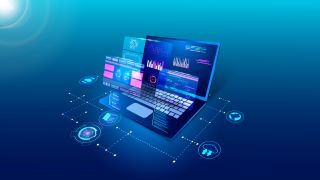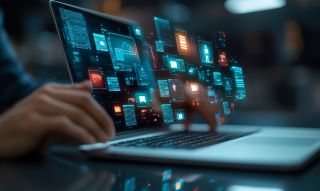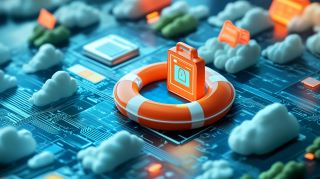Today’s organizations run on dozens of applications, ranging from cloud-based CRMs and ERP systems to on-premises HR software, among countless others. Each system has its own role, its own data, and often its own rules. This can cause them to become isolated, which leads to problems that force teams to manually transfer data, manage duplicate records, or build workarounds just to keep business moving. Application integration solves this challenge by allowing different systems to talk to each other, share information, and create unified workflows that keep operations agile and connected.
Active Directory (AD) has been a backbone of enterprise IT since its release in 1999, serving as Microsoft’s directory service for managing users, devices, permissions, and policies across a network. AD could be described as the “keys to the kingdom”—which makes it an appealing target for cybercriminals. Attackers often focus on compromising it to gain control over accounts, escalate privileges, and move deeper into an environment. For organizations that rely heavily on AD, understanding how these attacks work is critical to building stronger defenses against them.
Businesses are relying on software more than ever, yet many still use systems that were built years or even decades ago. These legacy applications often struggle to meet evolving customer expectations, current technology standards, and day-to-day business demands. As a result, modernizing your applications has become a strategic necessity allowing you to unlock new opportunities, streamline operations, and make your organization more flexible and competitive.
In today’s digital-first world, cybersecurity threats are no longer limited to large enterprises or government organizations. Every business—regardless of size, industry, or location—is a potential target for all manner of cyber risks, from ransomware and phishing scams to insider threats and accidental data leaks. However, despite heavy investments in firewalls, antivirus software, and advanced threat detection tools, businesses still face a consistent threat: human error. The majority of successful cyberattacks are the result of employees’ mistakes, negligence, or lack of awareness. With this in mind, cybersecurity training is an essential part of keeping your business safe.
For businesses, every second of downtime can translate into lost revenue, frustrated customers, and damaged reputation. Without a clear Recovery Time Objective (RTO) built into your disaster recovery plan, your organization risks costly delays and operational chaos when unexpected outages occur. Knowing how to define and manage your RTO empowers you to minimize downtime and maintain business continuity no matter what challenges arise.
Wireless connectivity is vital for modern business operations, enabling seamless communication, collaboration, and access to cloud services – but with convenience comes risk. Wireless networks can expose organizations to serious security threats if not properly protected. Today’s cybercriminals use increasingly sophisticated tactics to exploit wireless vulnerabilities, making a strong security strategy essential. By following proven best practices and embracing the latest security advances, you can build a secure wireless network that supports your business goals.






